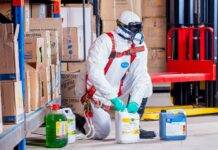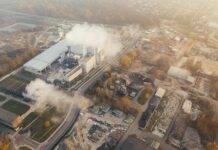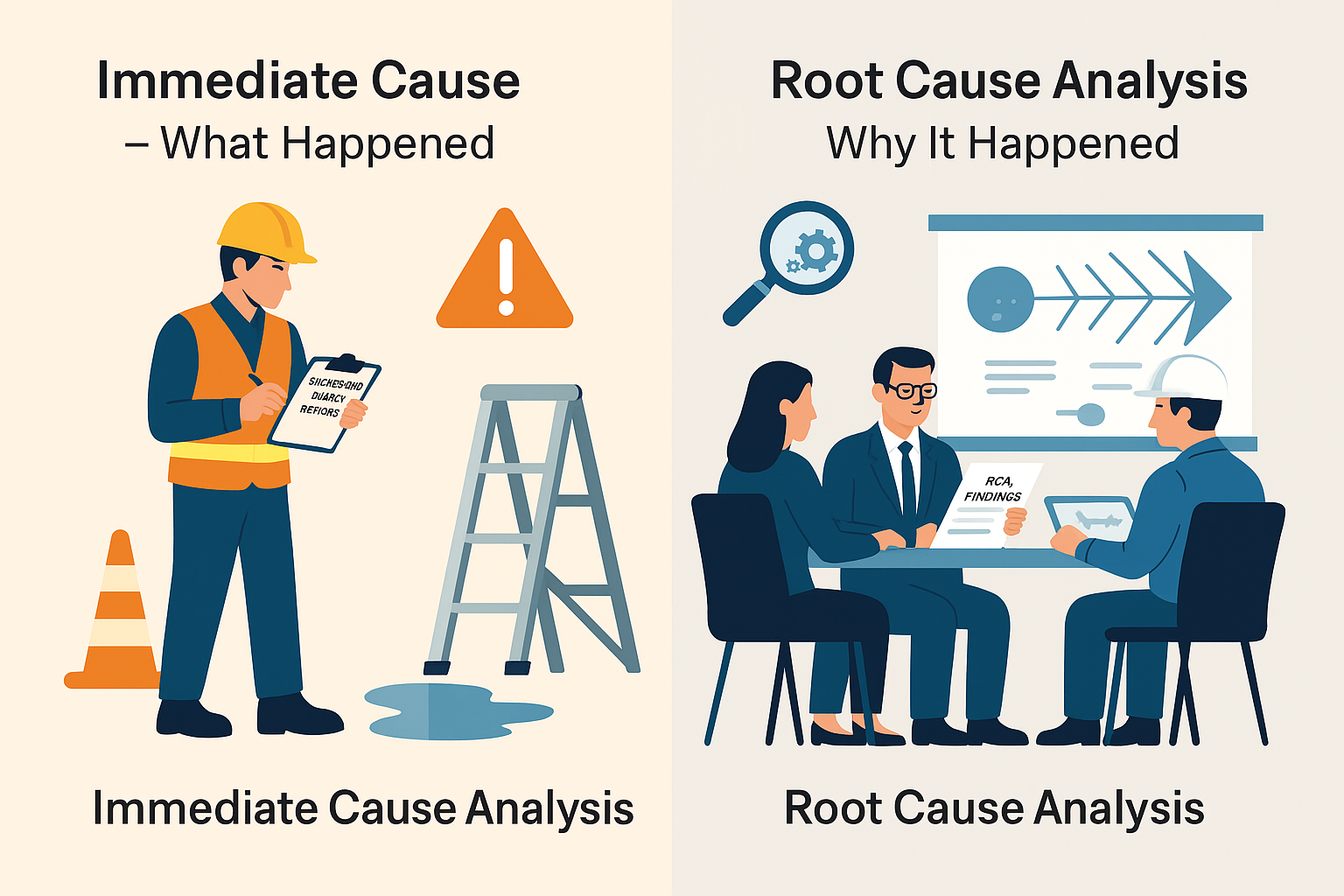
Chemical Engineering Safety Topics
Chemical engineering is a crucial field that intersects various industries, including manufacturing, pharmaceuticals, and energy production. However, it also poses significant hazards due to the handling of various chemicals and processes. Ensuring safety in chemical engineering is paramount to protect both lives and the environment. In this article, we will delve into essential safety topics in chemical engineering, from understanding hazards to emerging trends in safety management.
Importance of Safety in Chemical Engineering
Safety is a cornerstone of chemical engineering due to the inherent risks associated with handling chemicals and operating complex processes. The consequences of accidents in this field can be catastrophic, leading to injuries, environmental damage, and even loss of life. Therefore, prioritizing safety is not only a legal requirement but also an ethical obligation for organizations operating in the chemical industry.
Chemical Hazards and Risks
Chemical hazards encompass a wide range of potential dangers, including toxicity, flammability, reactivity, and corrosiveness. Understanding these hazards is crucial for identifying risks and implementing appropriate control measures. Common chemical risks in chemical engineering include exposure to hazardous substances, fires, explosions, and chemical reactions.
Safety Measures in Chemical Engineering
Personal Protective Equipment (PPE)
Personal protective equipment plays a vital role in minimizing the risk of exposure to chemical hazards. This includes items such as gloves, goggles, respirators, and protective clothing. Proper selection, use, and maintenance of PPE are essential to ensure its effectiveness in safeguarding workers’ health and safety.
Engineering Controls
Engineering controls involve designing safety features into processes and equipment to mitigate risks. Examples include ventilation systems to control chemical exposure, automated shutdown systems in case of emergencies, and equipment isolation procedures to prevent accidental releases of hazardous materials.
Administrative Controls
Administrative controls focus on implementing policies, procedures, and training to promote safe work practices. This includes conducting risk assessments, providing safety training to employees, establishing emergency response protocols, and maintaining accurate records of hazardous materials.
Emergency Response and Preparedness
Importance of Emergency Response Plans
Having comprehensive emergency response plans in place is essential to minimize the impact of accidents and ensure a swift and coordinated response. These plans should outline procedures for evacuations, medical assistance, containment of spills, and communication with relevant authorities and stakeholders.
Training and Drills
Regular training sessions and emergency drills are critical for preparing personnel to respond effectively to emergencies. Simulating various scenarios helps identify weaknesses in emergency response plans and ensures that employees are familiar with their roles and responsibilities during crises.
Regulatory Compliance and Standards
Compliance with regulatory requirements and industry standards is non-negotiable in chemical engineering. Organizations must adhere to regulations set forth by agencies such as the Occupational Safety and Health Administration (OSHA) and comply with international standards such as those outlined by the International Organization for Standardization (ISO).
Safety Culture in Chemical Engineering
A strong safety culture is characterized by a collective commitment to safety at all levels of an organization. Leadership plays a crucial role in fostering this culture by prioritizing safety, providing resources for safety initiatives, and leading by example. Employee involvement is also key, as frontline workers often have valuable insights into potential hazards and safety improvements.
Case Studies of Chemical Engineering Accidents
Examining past accidents provides valuable lessons for preventing future incidents. Two notable examples are the Bhopal Gas Tragedy, where a gas leak from a pesticide plant resulted in thousands of deaths, and the Chernobyl Disaster, a nuclear accident with long-lasting environmental and health consequences.
Emerging Trends in Chemical Engineering Safety
Process Safety Management (PSM)
PSM is a systematic approach to identifying, evaluating, and controlling process hazards to prevent accidents. It involves implementing safety management systems, conducting risk assessments, and continuously improving safety performance through monitoring and feedback mechanisms.
Digitalization and Safety
Advancements in digital technology, such as sensors, data analytics, and predictive modeling, are transforming safety practices in chemical engineering. These tools enable real-time monitoring of processes, early detection of abnormalities, and proactive risk management, enhancing overall safety performance.
Here are some safety topics relevant to chemical engineering:- Process Safety Management (PSM): Covering topics such as hazard identification, risk assessment, process safety information, operating procedures, training, and emergency response.
- Hazardous Chemical Handling: Proper handling, storage, and transportation of hazardous chemicals to prevent accidents and exposure.
- Personal Protective Equipment (PPE): Ensuring proper selection, use, and maintenance of PPE such as gloves, goggles, masks, and suits.
- Chemical Exposure Monitoring: Implementing systems for monitoring and controlling exposure to hazardous chemicals in the workplace.
- Emergency Preparedness and Response: Developing and practicing protocols for responding to chemical spills, leaks, fires, and other emergencies.
- Safety Instrumented Systems (SIS): Ensuring the proper design, installation, and maintenance of safety systems to prevent accidents and mitigate consequences.
- Process Hazard Analysis (PHA): Conducting thorough analyses to identify and mitigate potential hazards in chemical processes.
- Confined Space Entry: Safe procedures for entering and working in confined spaces such as tanks, vessels, and reactors.
- Chemical Reactivity Hazards: Understanding and managing the potential hazards associated with chemical reactions, including runaway reactions and explosions.
- Fire and Explosion Prevention: Implementing measures to prevent fires and explosions, including proper ventilation, fire suppression systems, and explosion-proof equipment.
- Chemical Waste Management: Proper handling, storage, and disposal of chemical waste to minimize environmental impact and ensure worker safety.
- Safety Culture and Communication: Fostering a culture of safety within the organization through training, communication, and employee engagement.
These topics are crucial for maintaining a safe working environment in chemical engineering industries.Conclusion
Safety is paramount in chemical engineering to protect workers, communities, and the environment from potential hazards. By understanding chemical risks, implementing robust safety measures, and fostering a strong safety culture, organizations can mitigate the likelihood and severity of accidents, ensuring a safer working environment for all.
Chemical Hygiene in Laboratories: Promoting Safe Handling and Storage Practices
Chemical Handling: Storage and Personal Protective Equipment (PPE)
Chemical Exposure Monitoring: Air Sampling and Analysis
Chemical Spill Response: Containment and Cleanup
Hazardous Materials Transportation: Compliance and Emergency Response
FAQs (Frequently Asked Questions)
- Why is safety important in chemical engineering? Safety is crucial in chemical engineering to prevent accidents, protect lives, and minimize environmental damage.
- What are some common chemical hazards in chemical engineering? Common chemical hazards include toxicity, flammability, reactivity, and corrosiveness.
- How can organizations promote a strong safety culture in chemical engineering? Promoting a strong safety culture requires leadership commitment, employee involvement, comprehensive training, and continuous improvement efforts.
- What are some examples of engineering controls in chemical engineering? Examples of engineering controls include ventilation systems, automated shutdown systems, and equipment isolation procedures.
- How can digitalization enhance safety practices in chemical engineering? Digitalization enables real-time monitoring, predictive analytics, and proactive risk management, enhancing overall safety performance.
























